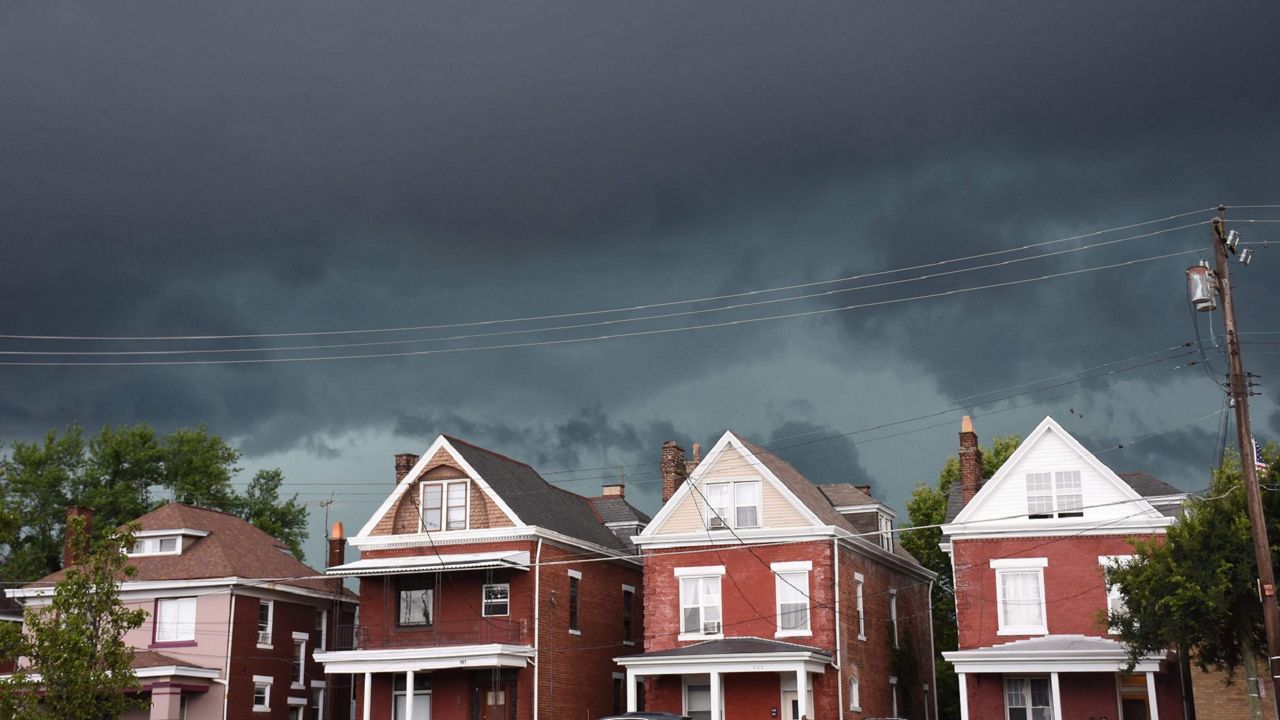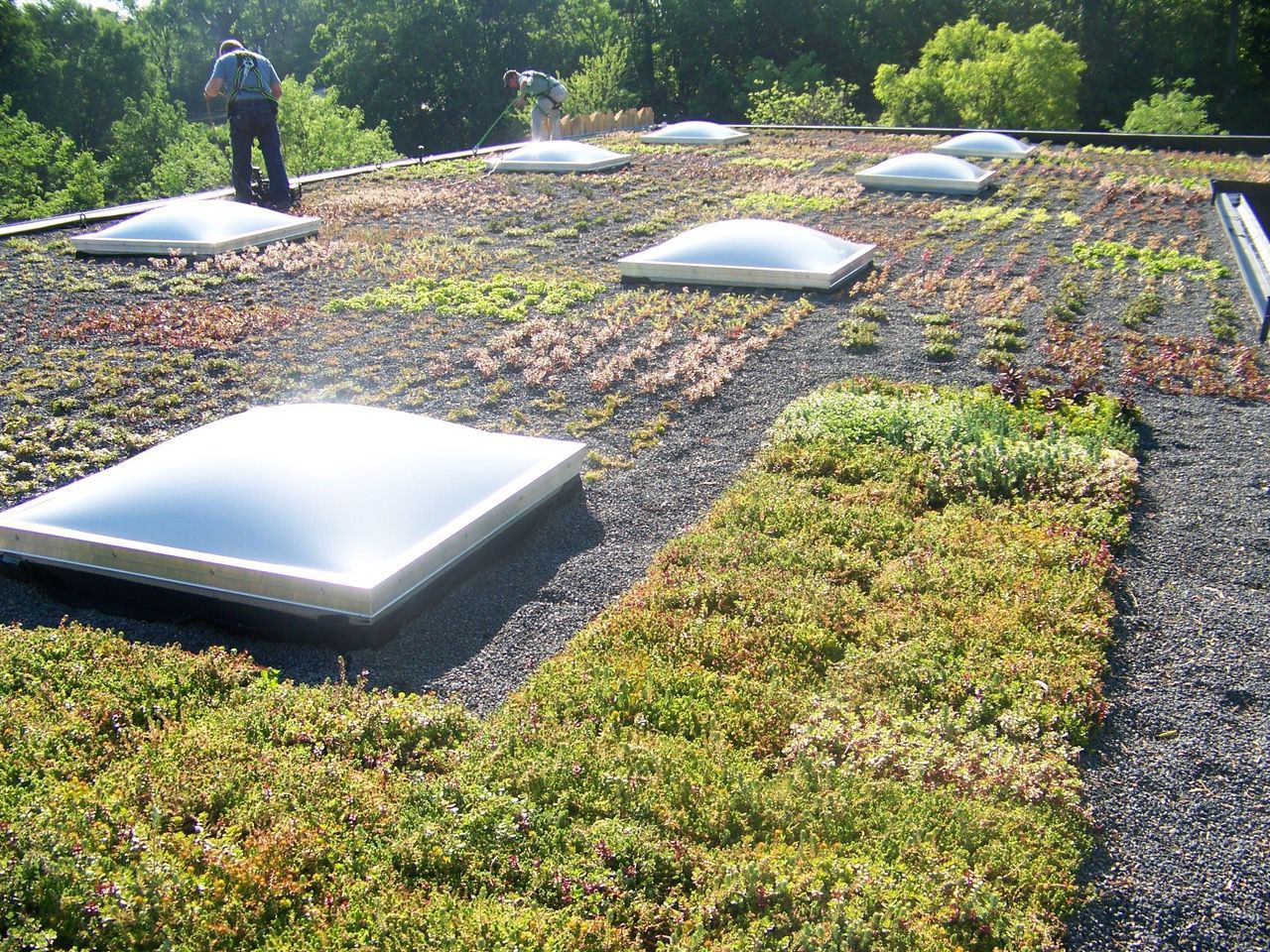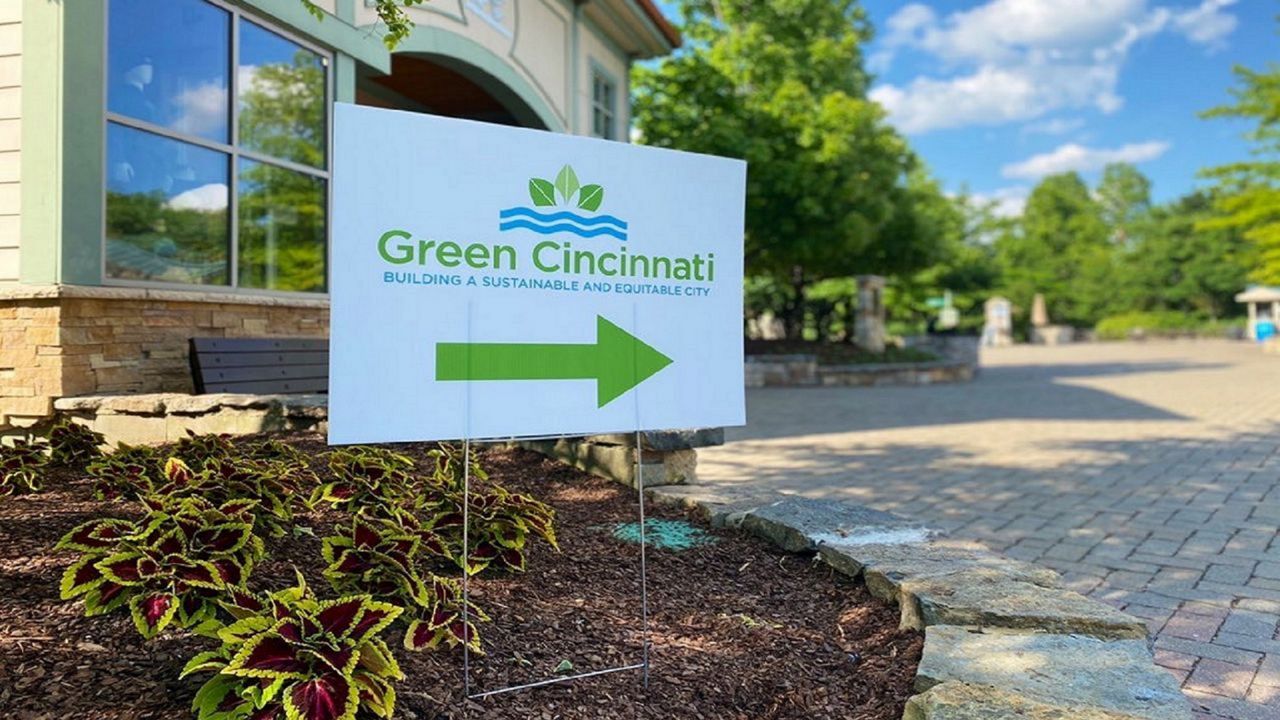CINCINNATI — There’s still time for residents to weigh in on a strategy aimed at combating climate change in Cincinnati and to bolster the environmental resilience of the city’s 52 neighborhoods.
What You Need To Know
- Residents have until Feb. 8 to provide feedback on the Green Cincinnati Plan
- The document serves as an environmental guide for Cincinnati lawmakers as they come up with policies and budget plans
- The document receives an update every five years to reflect changes in science and technology
- Cincinnati placed an emphasis on equity in this year's plan
Through Wednesday, Feb. 8, residents can provide feedback on more than three-dozen high-impact strategies listed in the 2023 the Green Cincinnati Plan. The plan, which Cincinnati City Council must vote to approve, serves as a sort of playbook for local policymakers to create laws and develop programs through the lens of environmental sustainability.
So far, more than 4,000 residents from all over the city have contributed recommendations over the course of the past seven-plus months either at a public meeting or an online survey.
A team of city leaders, environmental experts, community partners and residents analyzed and debated each of those recommendations. They then used that input to craft 39 key strategies.
Now, the Green Cincinnati Plan team is giving residents — both new and those who’ve already commented — a chance to weigh in on the recommendations or suggest something they feel is missing.
Participants can choose to submit feedback on either the overall plan or the eight individual focus areas — buildings and energy, natural environment, zero waste, resilience, community activation, mobility, and food.

The feedback period on the draft opened in late January. But Molly Robertshaw, who handles engagement programs for the city’s Office of Environment and Sustainability, described the push over the next few days as a “double-check” to ensure the plan isn’t missing any major community priorities.
“As this plan represents a community vision and plan for climate action, continuing this momentum is imperative,” said Robertshaw, the project’s facilitator. “While the city is coordinating the Green Cincinnati Plan process, the implementation of the final plan will be brought to life by a constellation of champions.”
First created in 2008, the Green Cincinnati Plan receives a refresh every five years to accommodate the city’s changing needs and incorporate the latest scientific data.
The plan serves as a guide for city officials as they consider things such as the ecological effects of new developments, or when they’re looking to establish budget priorities.
Each plan update contains a list of goals and recommendations for improving the climate resiliency and environmental quality.
The last update in 2018 featured 80 recommendations aimed at slashing local carbon emissions by 80% by the year 2050.
Over the last five years, the city has enacted or is near completion of 85% of those goals, according to city data.
During the last five years, Cincinnati has funded a massive solar energy array being constructed on former farmland about 45 miles east of downtown Cincinnati. The plan also prompted the creation of the Cincinnati 2030 District, which got area building owners to commit to cutting their carbon emissions by 30% by 2030.
But new scientific data suggest more needs to be done and much quicker than once projected, city officials told Spectrum News last summer.
For 2023, the primary Green Cincinnati Plan goals are greenhouse gas reductions of 50% emissions by 2030 and carbon neutrality by 2050.
This year’s update process started in June with a kickoff meeting at the Cincinnati Zoo and Botanical Garden. About 300 people — city leaders, environmental organizations, business reps, and community advocates — attended that first meeting, and the numbers only grew from there.
After that first meeting, the Green Cincinnati Plan team hosted another 41 in-person and virtual meetings. They resulted in more than 3,700 residents engaged from spring through fall 2022. The group received an additional 300 responses to public comment since mid-January, Robertshaw said.
New this year, the Green Cincinnati Plan centered on equity. In this context, that means ensuring people of differing backgrounds receive fair treatment and that resources go to those who need them most, Robertshaw said.
Green Umbrella, part of the Green Cincinnati Plan advisory team, helped create an engagement process based on benchmarks from other cities’ climate plans that included equity-focused actions, according to Ryan Mooney-Bullock, the organization’s executive director.

Green Umbrella and Groundwork Ohio River Valley hosted community engagement sessions in neighborhoods considered “highly vulnerable” to the effects of climate change, Mooney-Bullock said. Those neighborhoods include Avondale, Paddock Hills, Carthage, Over-the-Rhine, Camp Washington and West End.
The Green Cincinnati Plan also considered previously completed Climate Safe Neighborhood resilience plans for Lower Price Hill, Bond Hill/Roselawn and the Beekman Corridor, which runs through parts of English Woods, Millvale, North Fairmount, South Fairmount, South Cumminsville.
For the first time, there was an equity committee, chaired by Ashlee Young of Interact for Health. The committee designed a process to engage diverse voices in crafting the recommendations.
The committee checked back on the work of each of the Green Cincinnati Plan task teams to make sure strategies reflected things such as environmental and social justice, Mooney-Bullock noted.
Robertshaw described the engagement process as “exponentially higher” than in the past. She called the collection of ideas as “stronger” and “more representative of a diversity of priorities,” which she feels is key to making sure they’re acted upon by all involved.
“Our major takeaway is that our leadership and residents care deeply about the climate crisis we are all facing and have valuable ideas on how we can and should take local action,” Robertshaw added. “Undoubtedly, there will be many more key takeaways once we are able to dive into all of the input received.”
She noted, though, that there’s still work to do.
The 2023 Green Cincinnati Plan will go to the city’s Planning Commission in March, and then to City Council for adoption in April.
While this is the last chance for the public to weigh on the crafting of the recommendations before they’re approved, the city and partners are looking to design an ongoing engagement process for implementing the Green Cincinnati Plan, Mooney-Bullock said.
“The aim is to keep the engagement going to ensure residents play a role in the design and implementation of actions in their respective neighborhoods and across the city,” she said.



